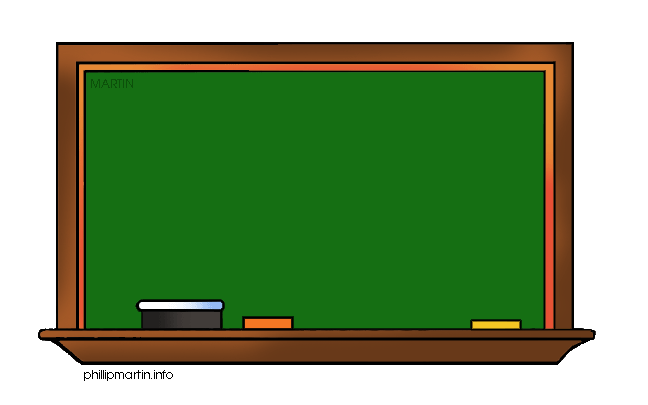Except in extremely deprived classrooms,
every classroom has a chalkboard. In fact, a school may have no computer,
radio, TV, etc. but it will always have a chalkboard.
Following Practices of using Chalkboard
1. Write
clearly and legibly on the board.
2. It helps if
you have a hard copy of your chalkboard diagram or outline.
3. Don’t crowd
your notes on the board.
4. Make use
colored chalk to highlight key points.
5. Do not turn
your back to your class while you write on the chalkboard
6. For the sake of order and clarity,
start to write from the left side of the board going right.
7.If you teach the Grades and you think the
lines on the chalkboard are needed for writing exercises.
8.Look at your board work from all corners
of the room to test if the pupils from all sides of the room can read your
board work.
9.If there is glare on the chalkboard at
certain times of the day , a curtain on the window may solve the problem.
10.Make full use of the chalkboard.
CHALKBOARD TECHNIQUES
ü Sharpen your chalk to get good line
quality.
ü Use dots “aiming points “. This
keeps writing level.
ü Make all writing or printing between
2 or 4 inches high for legibility.
ü Stand with your elbow high, move
along as you write.
ü When using colored chalk, use soft
chalk so that it can be erased easily.

PROJECTOR
A projector is a device that uses light and
lenses to take an image and project a magnified image onto a larger screen or
wall.
The LCD Projector
LCD (Liquid Crystal Display) is a thin ,
flat panel used for electronically displaying information such as text, images
and moving picture. Its uses include monitor for Computers, Televisions ,
Instrument panels Gaming devices etc. Using polarization of lights to display
objects.
Gene Dolgoff – is credited with
developing the LCD projector.
To display images, LCD (liquid-crystal
display) projectors typically send light from a metal-halide lamp through a
prism or series of dichroic filters that separates light to three polysilicon
panels.
As polarized light passes through the
panels (combination of polarizer, LCD panel and analyzer), individual pixels
can be opened to allow light to pass or closed to block the light.
The LED Projector
Instead of a traditional halogen lamp, they
use (light-emitting diodes), which are more environmentally friendly and longer
lasting. LED projectors use either DLP technology, replacing the color wheel
and white-light lamp with red, blue, and green LEDS, or LCoS technology, which
is found in handheld projectors.
Light-emitting diode projectors represent a
significant advance over traditional projectors. Instead of using a bulb filled
with gas at high pressure, they use an array of LEDs to generate the light that
shines through, the image element to project an image.
ADVANTAGES OF USING PROJECTOR
· Largest
possible picture
· Smaller
images a great option also
· Low
cost
· Space
saving
· Easy
to install
LIMITATIONS IN USING PROJECTOR
· Dark
room often required
· Maintenance
required
· Installation
can be more involved Separate audio system require
No comments:
Post a Comment